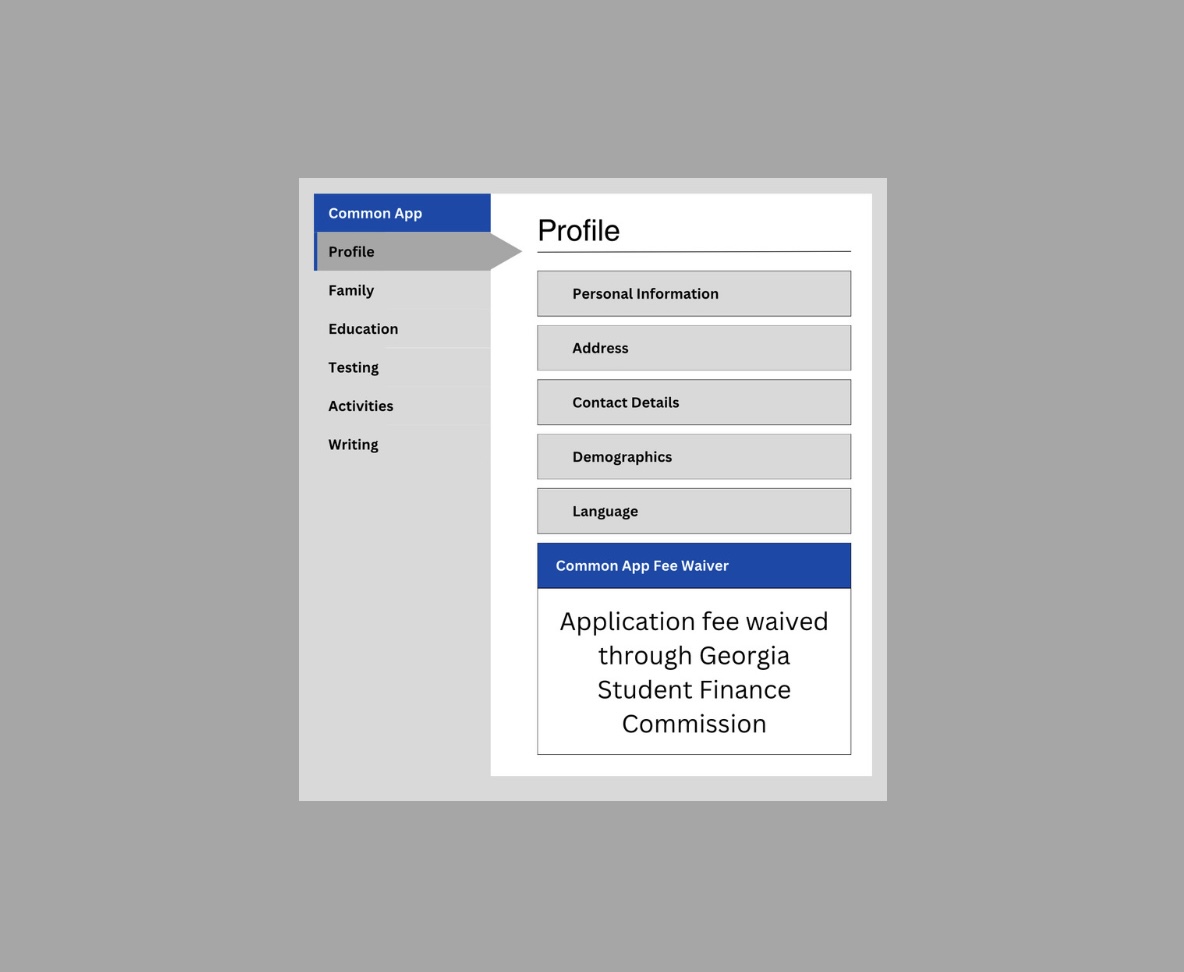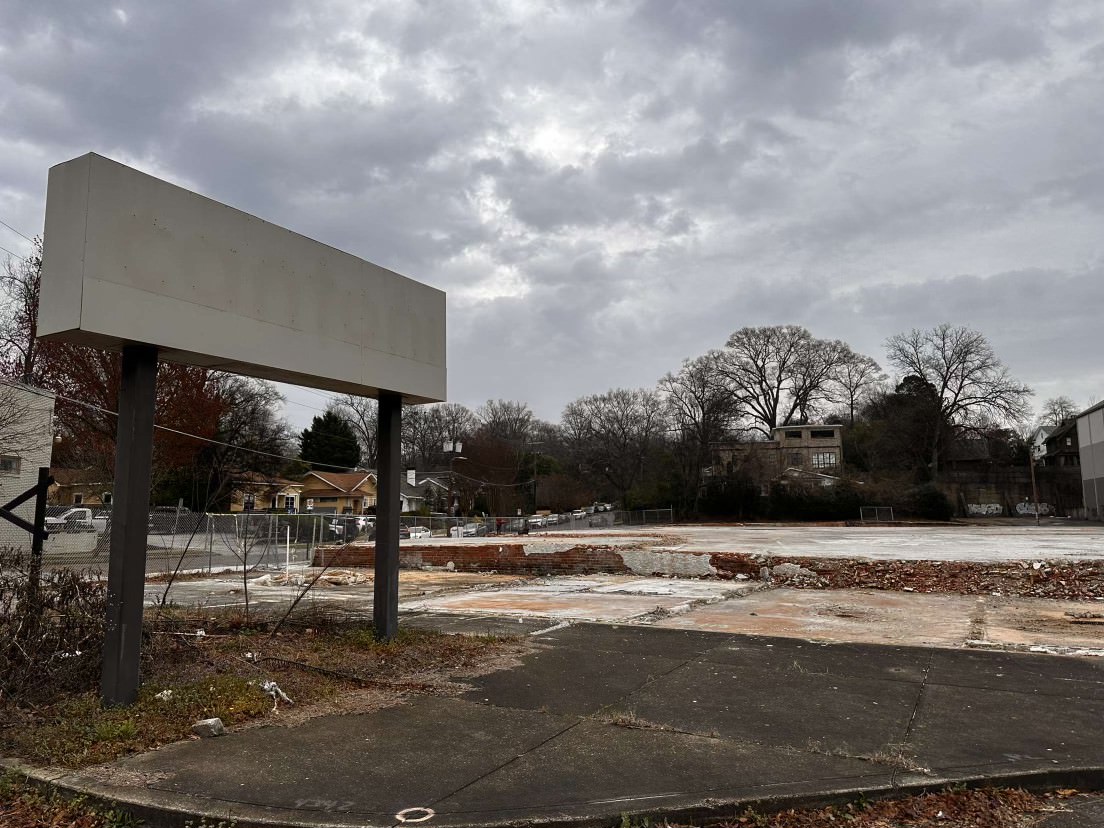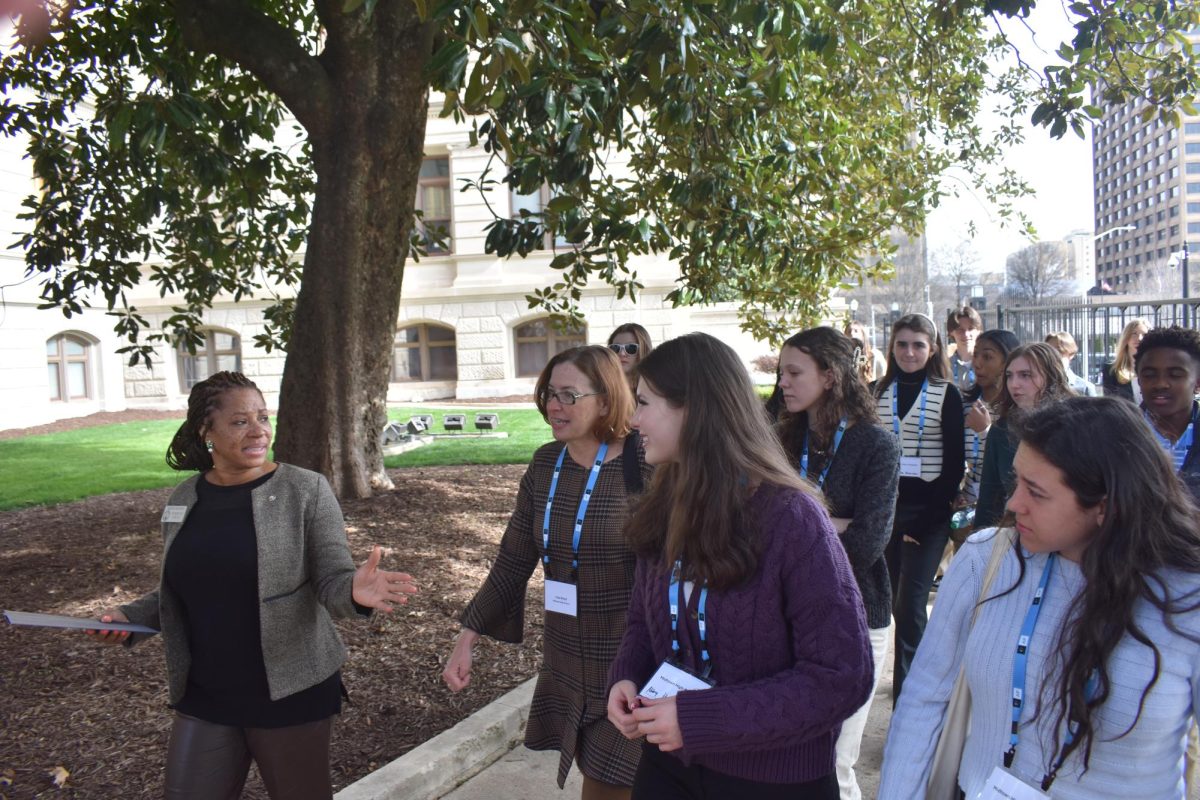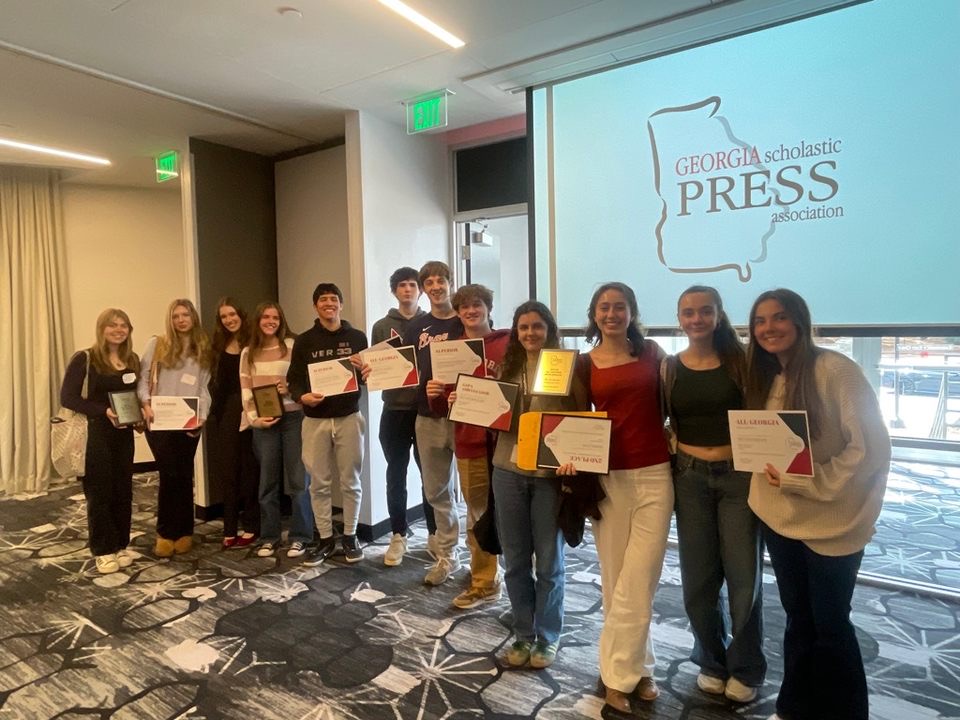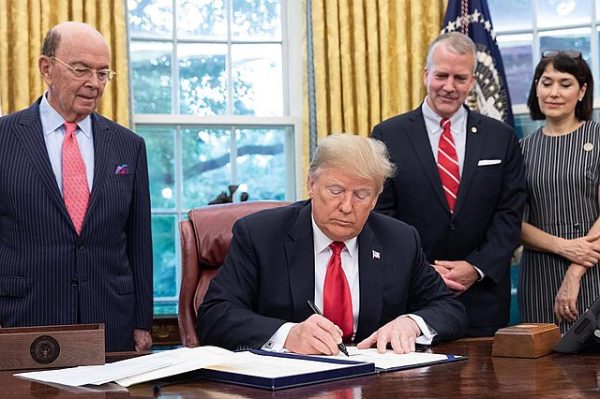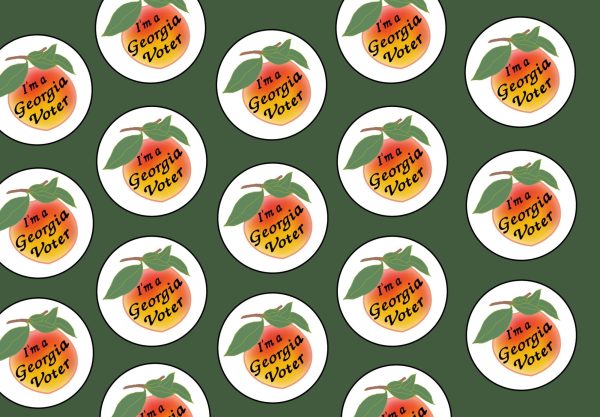Public funding for billionaire’s stadiums unjust
September 21, 2017
By Jack Rafferty, Assistant Managing Editor-Comment
In 2017 alone, metro Atlanta residents have seen the completion of two new professional sports stadiums, Mercedes-Benz Stadium and SunTrust Park. These stadiums may seem like substantial upgrades over their predecessors, but when a cost-benefit analysis is used, they become very questionable developments.
The face-value upgrades to stadium infrastructure are, quite simply, nowhere near worth it. The Georgia Dome, former home of the Atlanta Falcons, was completed in 1992 at a cost of $214 million, all of which was covered by the state.
With the construction of Mercedes-Benz Stadium, the Falcons spent over $1.5 billion to move a couple hundred feet and add just under 4,000 seats, a retractable roof, and a more modern design.
These amenities are certainly remarkable, even if the roof has yet to reach its stated goal of opening in four minutes and will require more work. Still, the cost to Georgia’s taxpayers for the stadium, originally projected at $200 million, has reportedly ballooned to nearly $600 million—a price tag extremely disproportional to its real world benefits. The team’s biggest fans bore an even higher cost, paying up to $45,000 per seat to secure a “personal seat license.” A personal seat license extends the right to purchase tickets at an additional cost, while giving “ownership” to a seat.
On the opposite side of the spectrum, Atlanta could live with the loss of its downtown baseball stadium. The Atlanta Braves requested around $200 million from the city for enhancements to their former home of Turner Field. Ultimately, though, the Braves announced in 2013 they would build a new stadium in Cobb County with $400 million in public funding.
The early returns on SunTrust Park are almost entirely negative. From the beginning, the deal was a catastrophe for taxpayers. Former Cobb County Commissioner Tim Lee secretly promised the Braves the $400 million in public money. But wait, it gets worse: the Braves admitted the deal was made secretly to avoid public backlash; there was never a referendum before voters, and people in opposition to the plan were not permitted to speak in advance of county officials’ 5-0 vote in favor of the deal.
To pay for the deal, Cobb cut the budget of its park system and raised taxes on property, hotels and rental cars. All of this led to a 2016 article by Vice Sports questioning if this could be “the worst stadium deal ever”—and that was over a year before its opening exposed the incredible extent to which I-75 and I-285 become gridlocked before and after games because of a lack of alternate routes and public transit. All in all, this deal was not only expensive and arguably completely unnecessary, it was wholly undemocratic.
While not all public funding for stadiums turns out to be this disastrous, stadiums rarely provide any meaningful or tangible benefits to their communities. Proponents of new stadiums throughout the U.S. argue public investment will stimulate economic growth and prosperity, directly benefitting taxpayers. There is only one problem with this argument: it never actually happens.
According to a Brookings Institution study called “Tax-Exempt Municipal Bonds and the Financing of Professional Sports Stadiums”, tax-exempt bonds for stadiums costed taxpayers throughout the U.S. over $3.7 billion between 2000 and 2014. The same study concluded that there is “almost no evidence that professional sports franchises and facilities have a measurable economic impact.”
With this considered, it may seem easy to say Atlanta did well to let the Braves go and should have never contributed so much to the construction of Mercedes-Benz Stadium. However, this is a massive oversimplification of a very complex issue. There is no universal rule that cities should follow in negotiations with professional sports teams, and there is certainly an argument to be made that public funding is sometimes a necessary evil.
After all, if a city doesn’t offer public funding, it often is faced with the loss of its teams. Any NFL fan in St. Louis, Oakland or San Diego who has faced — or is facing — this reality would surely be able to tell you how frustrating it is to lose a team. In these cities, for all the taxpayers who want to keep costs as low as possible or pay for other projects, there are taxpayers willing to pay extra to keep their local team.
In short, for a city with this predicament, there is no easy answer. If nothing is done, owners will continue to demand public funding for unnecessary projects, exploiting their cities and fans. It’s time to stop sitting idly by and start creating policy that prevents owners from forcing taxpayers to cough up their hard-earned money.

